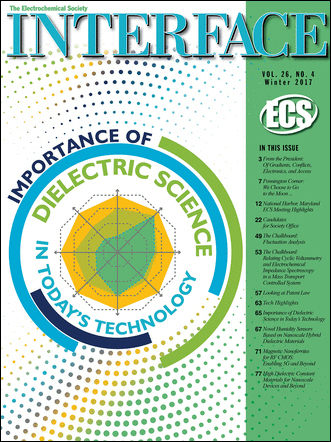 Join us as ECS and SMEQ comes together for the AiMES 2018 International Meeting at the Moon Palace in Cancun, Mexico from September 30 to October 4, 2018!
Join us as ECS and SMEQ comes together for the AiMES 2018 International Meeting at the Moon Palace in Cancun, Mexico from September 30 to October 4, 2018!
AiMES 2018, a joint international meeting between ECS and SMEQ, will bring together scientists, engineers, and researchers from academia, industry, and government laboratories to share results and discuss issues on related topics through a variety of formats such as; oral presentations, poster sessions, panel discussions, tutorial sessions, short courses, professional development workshops, a career fair, and exhibits.
In addition to long running symposia on PEFC&E, Li-ion batteries, molten salts, photovoltaics, SiGe, MEMS/NEMS, thin film transistors, atomic layer deposition, and semiconductors, AiMES 2018 will also explore newer areas such as; wearable sensors; the contamination of water, soil, and air; 3D chip packaging; metal organic frameworks (MOFs); and battery safety.


 Adding a little ultrathin hexagonal boron nitride to ceramics could give them outstanding properties, according to new research.
Adding a little ultrathin hexagonal boron nitride to ceramics could give them outstanding properties, according to new research.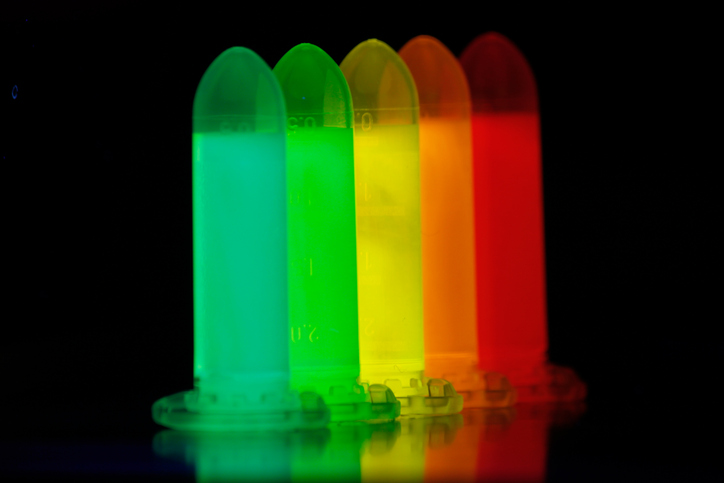 Researchers have found an explanation for why a certain class of quantum dots shines with such incredibly bright colors.
Researchers have found an explanation for why a certain class of quantum dots shines with such incredibly bright colors.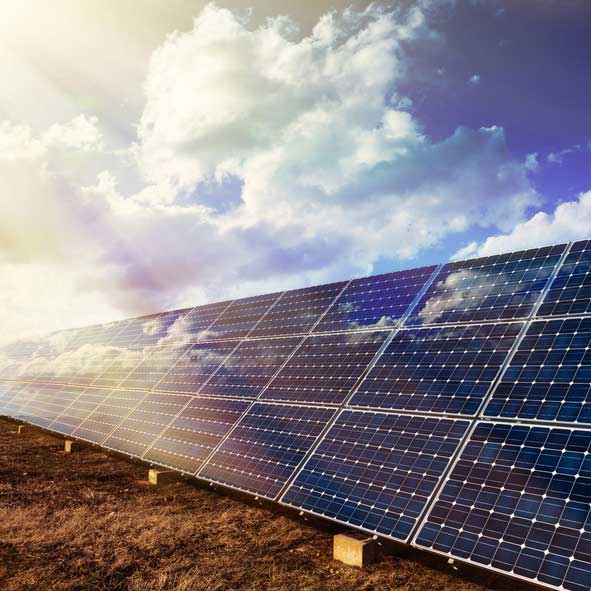 One year ago, the Chinese government’s energy agency made a long-term commitment to the development of renewable energy sources, investing more than
One year ago, the Chinese government’s energy agency made a long-term commitment to the development of renewable energy sources, investing more than 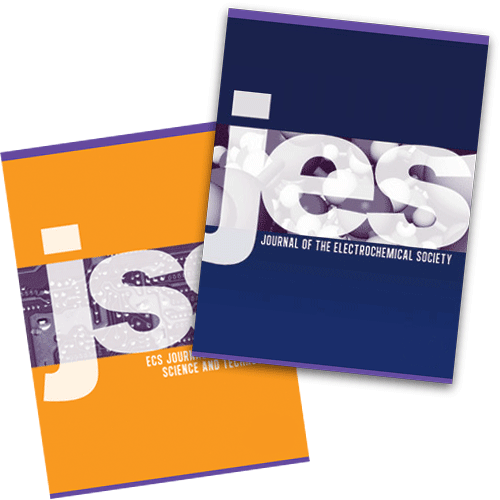 On January 1, 2018, ECS eliminated all charges for color figures published in the
On January 1, 2018, ECS eliminated all charges for color figures published in the 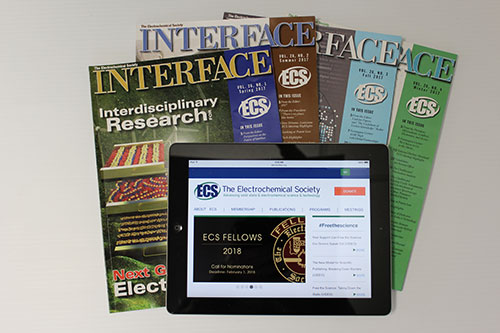 ECS has a wide array of programs to put your organization’s brand in front of leaders within the electrochemistry and solid state science technology communities.
ECS has a wide array of programs to put your organization’s brand in front of leaders within the electrochemistry and solid state science technology communities.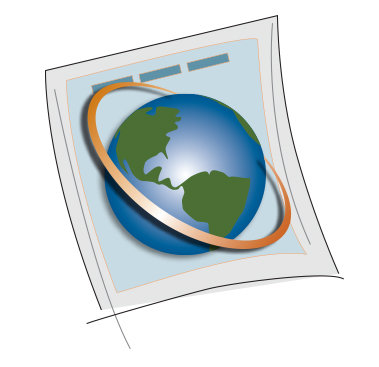 By: Alice Suroviec, Berry College
By: Alice Suroviec, Berry College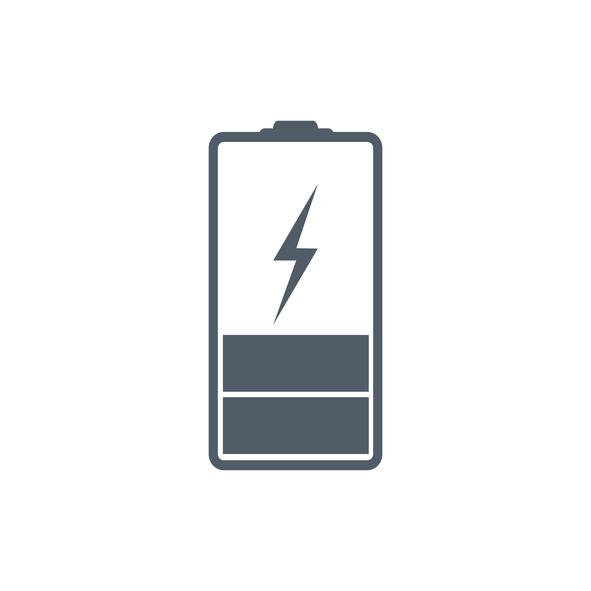 Water-based rechargeable batteries could be one step closer to commercial viability, thanks to
Water-based rechargeable batteries could be one step closer to commercial viability, thanks to  Each year ECS provides for and facilitates the use of thousands of dollars to support students and early career researchers in efforts to advance electrochemistry and solid state science.
Each year ECS provides for and facilitates the use of thousands of dollars to support students and early career researchers in efforts to advance electrochemistry and solid state science.